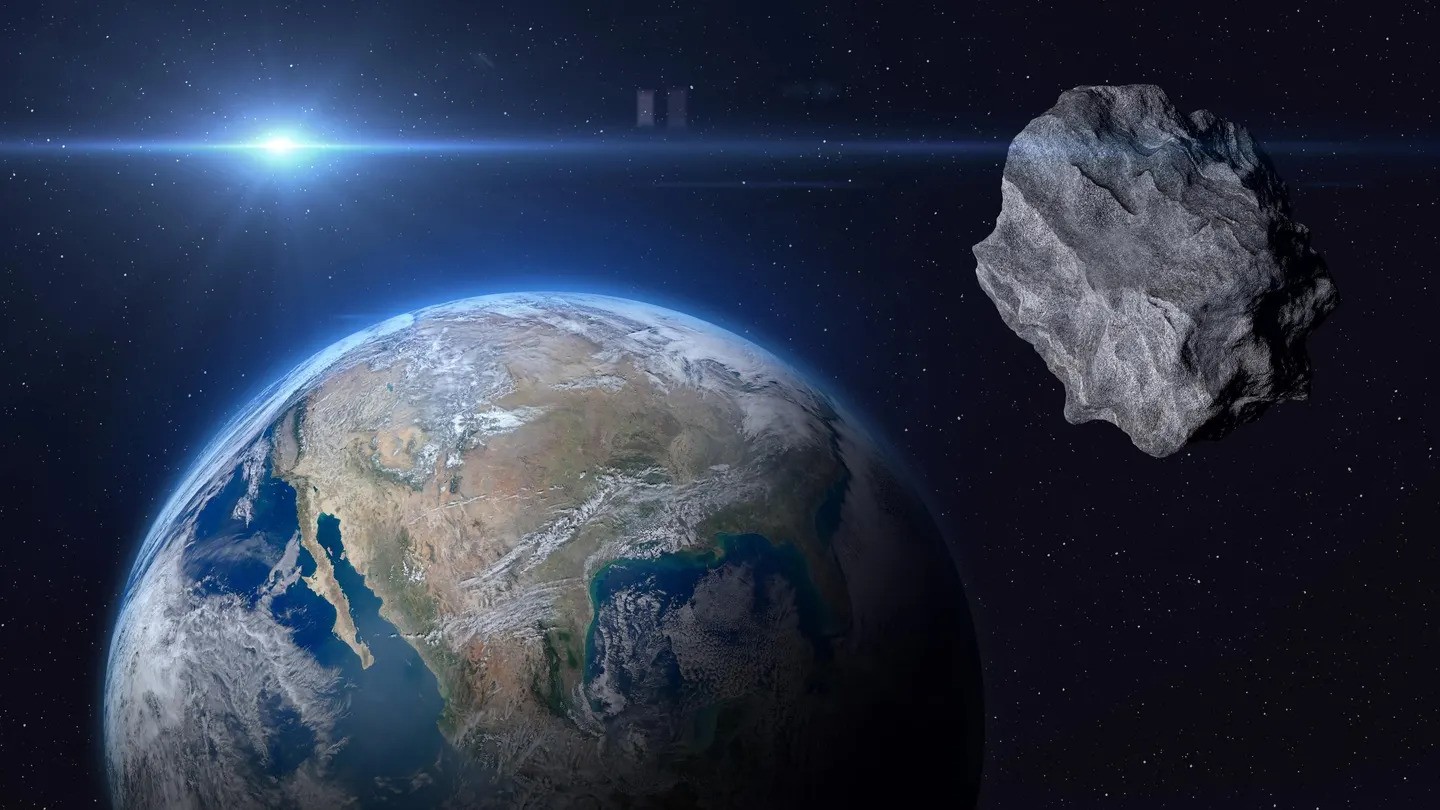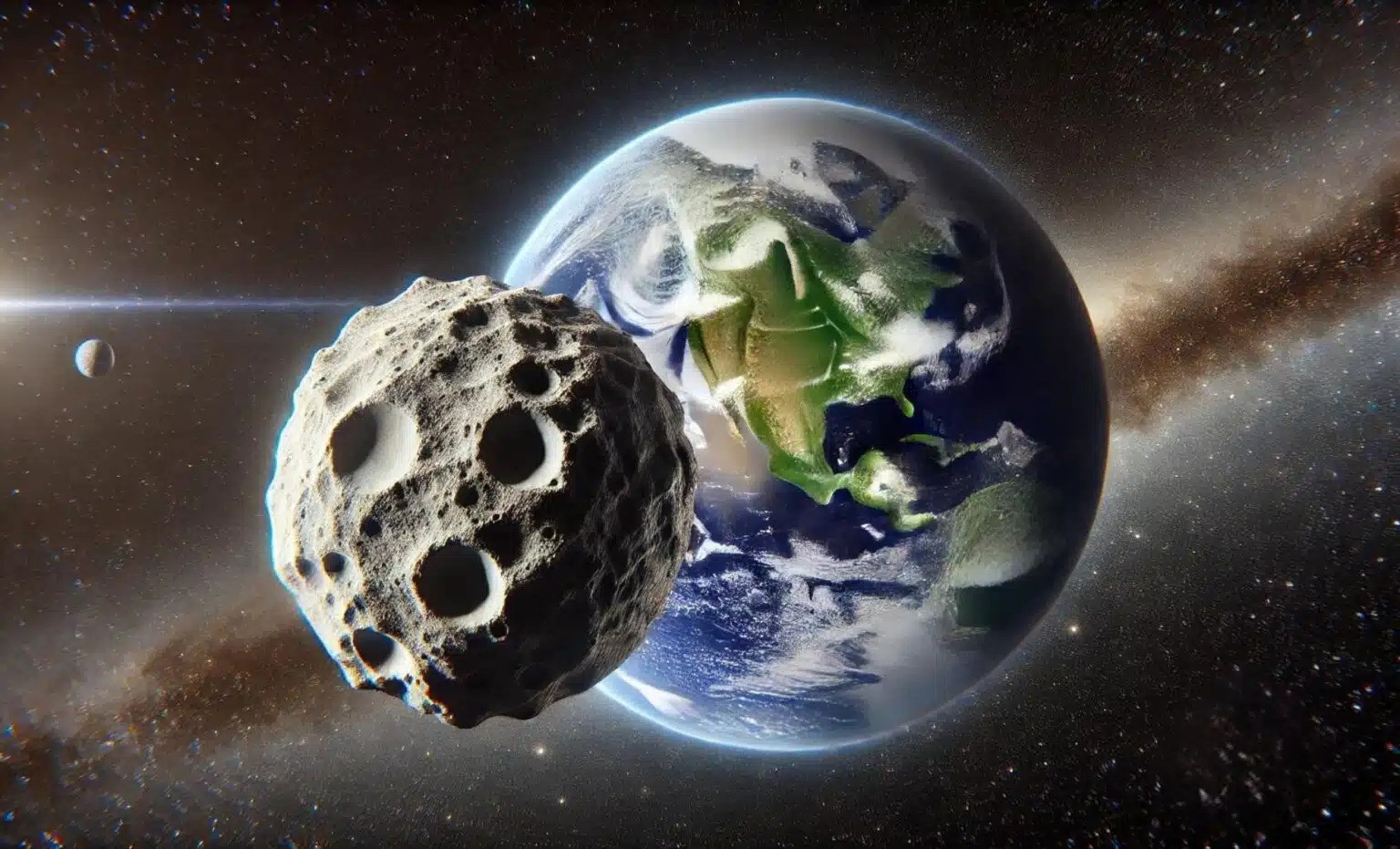Get ready, sky-watchers—Earth is about to gain a new “mini-moon” this fall. Astronomers recently discovered asteroid 2024 PT5, a small celestial object that will temporarily orbit Earth before resuming its journey around the sun. From September 29 to November 25, this asteroid will be gravitationally captured by our planet, then it will continue its path, orbiting the sun once more.
According to Carlos de la Fuente Marcos, a lead researcher from Complutense University of Madrid, “The asteroid is likely about 37 feet (11 meters) in diameter, but more observations and data are needed to confirm its size.” For now, scientists can only estimate, as the space rock could range anywhere between 16 and 138 feet (5 to 42 meters) across.
How Does Earth Capture a Mini-Moon?

The discovery of this temporary mini-moon was published in the Research Notes of the American Astronomical Society. Initially spotted on August 7 by NASA-funded ATLAS in South Africa, asteroid 2024 PT5 will travel along a unique, horseshoe-shaped orbit.
It’s not easy for an asteroid to become a mini-moon.
“In order to become a mini-moon, an incoming body has to approach Earth slowly at close range,” explains de la Fuente Marcos.
Asteroids that do become mini-moons usually travel within 2.8 million miles (4.5 million kilometers) of Earth at speeds under 2,237 miles per hour (3,600 kilometers per hour).
“Almost all the asteroids that approach Earth do so too fast and at the wrong angle to be captured,” says Robert Jedicke, a solar system expert from the University of Hawaii. However, in rare cases, gravitational forces from Earth and other solar system bodies align perfectly, enabling capture.
The Two Types of Mini-Moon Events
Asteroid 2024 PT5 will not be around long enough to complete even one full orbit around Earth. Such temporary captures are known as “temporarily captured flybys,” where an asteroid only stays a few weeks or months before moving on.
Short-lived mini-moons like 2024 PT5 are more common than longer-lasting ones. Long-term captures, where an asteroid might orbit Earth for a year or more, occur only every decade or two. For example, asteroid 2020 CD3, which orbited Earth for a few years before detection, was a rare, long-capture mini-moon.
“We think that there is about one dishwasher-size minimoon in the Earth-Moon system at any time, but they are so difficult to detect that most of them go undiscovered during the time that they remain bound to Earth,” Jedicke said.
What We Learn from These Visitors

Mini-moons like 2024 PT5 often originate from the Arjuna asteroid belt or, occasionally, from the main asteroid belt between Mars and Jupiter. Others may be fragments of lunar rock, ejected millions of years ago by asteroid impacts. Determining their origin could help scientists better understand asteroid impacts and crater formation on the Moon.
For now, de la Fuente Marcos and his team will be observing 2024 PT5 with the Gran Telescopio Canarias. However, due to its small size, amateur stargazers won’t be able to see it without specialized equipment. After a short visit, this mini-moon will resume its heliocentric orbit.
Future Flybys to Watch For
2024 PT5 will make another close flyby on January 9, 2025, passing about 1.1 million miles (1.7 million kilometers) from Earth. But don’t worry—it poses no collision risk. In fact, the asteroid won’t be back in Earth’s neighborhood until 2055, when it’s expected to briefly become our mini-moon once again.



